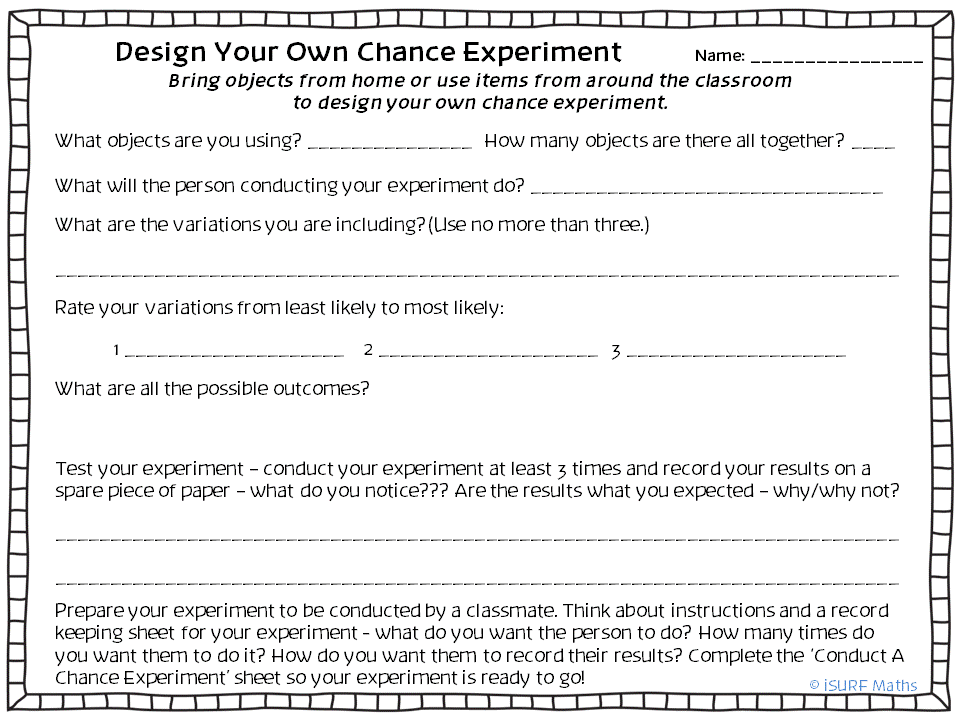AusVELS Mathematics – Foundation
Measurement & Geometry – Shape
Shape Bingo includes 8 placemats with a variety of graphics representing two dimensional shapes and three dimensional objects. Shape Bingo has three sets of Bingo Cards… shape names (one set with picture clues and one without) and shape clues – use one set at a time or all at once (include only 1 or 2 ‘Free’ cards when using all).
Print placemats and cards in colour and laminate.
To play Shape Bingo…- Groups can have up to 9 students playing – 1 to shuffle and show Bingo cards (this student will need assistance from an adult), 8 with Shape Bingo placemats
- Ensure students have time to look at their Shape Bingo placemats and discuss the shapes they have
- Elect one person to shuffle and show the Shape Cards one at a time. Students use a counter to mark off one matching shape/object they have on their placemat. Cards that have been shown are placed in a neat pile and will be used at the end of the game to check the winner’s Bingo placemat. Cards can be shuffled and re-used if no one gets 3 in a row
- When students have 3 in a row - they call out ‘BINGO!’
- The person showing the Shape Cards checks their shapes – if they are all correct, they are the winner. Students swap roles and placemats, then play again
Variations…
- Students can match the whole Shape Bingo placemat before calling out ‘BINGO!’
- Set a time limit for how long each Bingo Card is shown for e.g. 10 seconds
- Speed Bingo – game runs for 3 minutes, cards are only shown for 3 seconds at a time, player with the most counters at the end of the 3 minutes is the winner (an adult can show the cards - as they need to keep track of the time – alternatively, set a timer for three minutes)
- Include ‘Free’ Shape Cards in the pack – students must be able to correctly say the name of the shape or object they are putting the free on before placing a counter on that square
- Placemats and Shape Cards can also be used as a matching activity
We hope you enjoy the latest addition to our Bingo collection - please let us know if there are any other topics you would like to see included!



























